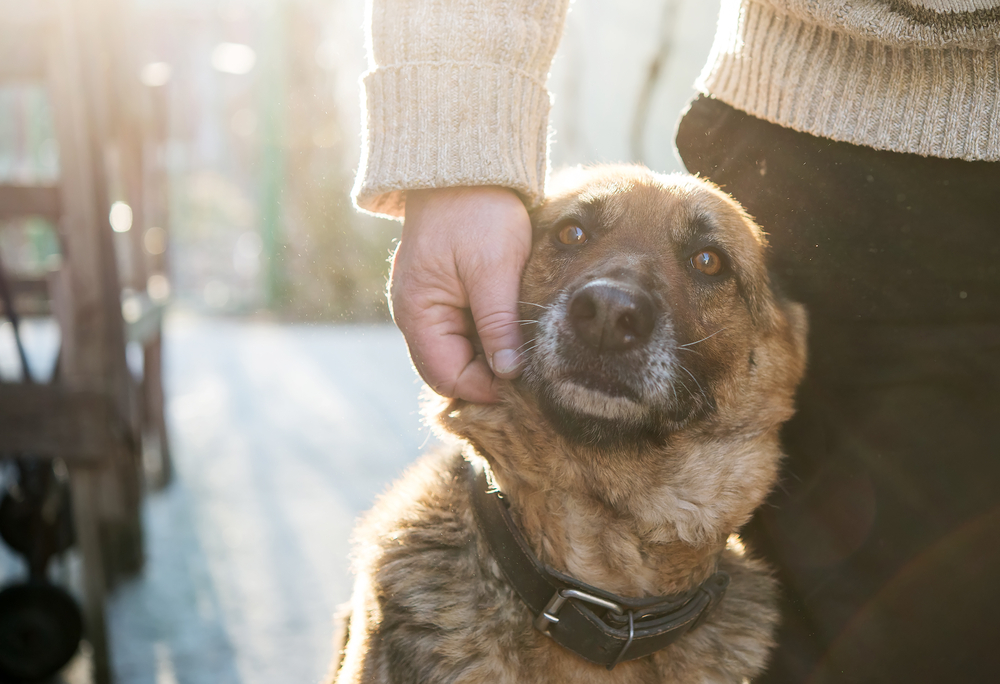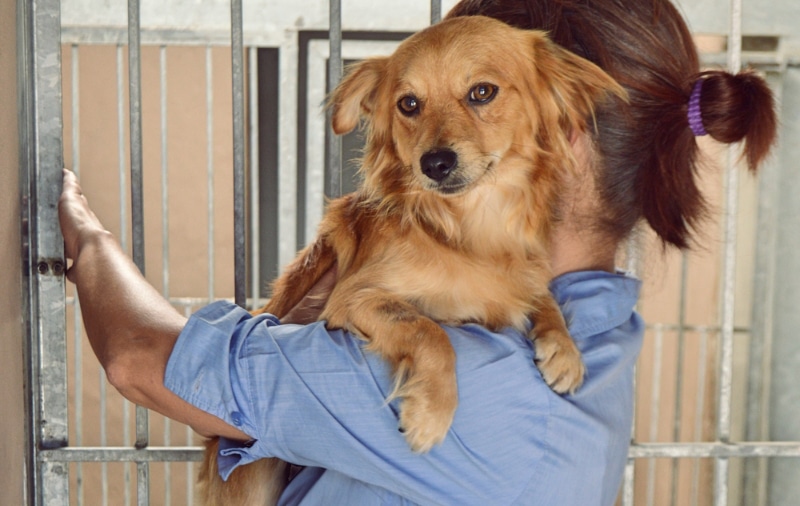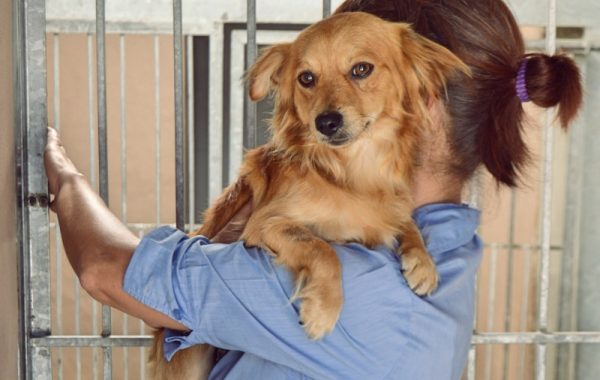The word “fail” is usually associated with negativity, but there is a certain term where “fail” doesn’t mean anything negative; in fact, it means quite the opposite. So, what the heck do we mean? We’re talking about the term “foster fail.” Foster fail is when a foster parent takes an animal in to foster temporarily but ends up keeping the animal as a permanent pet. In other words, failure, in this case, is actually a success.
It takes a special type of person to foster animals, especially when they can easily become attached, making it hard to let them go when an adoptee comes up to the plate. But is it a bad thing? Let’s delve deeper into the term “foster fail” and learn the facts about the pet fostering world.

What Fostering Means for an Animal
Millions of dogs and cats enter animal shelters each year, and currently only around 57% of shelters in the U.S. are no-kill, meaning the need for adoptees and fosters is always in high demand.1 When one fosters an animal, they take the animal out of the shelter and provide a calm home environment to prepare them for adoption. The stresses of being in a shelter can weigh heavy on an animal, and being placed with a foster allows the animal’s true personality to shine in a more relaxed atmosphere. This also improves the chances of a successful adoption.
Animal shelters have limited resources, and foster parents provide tremendous help by offering temporary homes, which in turn opens up more space in the shelters for other animals in need.

What Does a Foster Parent Do?
A foster parent provides a temporary home for an animal while awaiting adoption. Foster parents also determine if the animal has behavioral or social issues and work with the animal to resolve certain behaviors if applicable. Foster parents also help train dogs who need a little help learning basic commands, improving their chances of adoption. In a nutshell, a foster parent socializes the animal and prepares the animal for permanent placement in a loving home.
Other scenarios involve a foster taking care of a dog or cat who recently had surgery and needs a quiet place to recover. Thankfully, shelters and animal rescues typically provide the foster parent with food, medicine, and other necessities to take a chunk out of the expenses.
How Does a Foster Fail Happen in the First Place?
In some cases, people may enter the world of fostering with every intention of the situation being temporary. Sometimes, though, that doesn’t happen because the foster parent can easily become attached.
When a foster parent becomes attached, it can be challenging—if not impossible—to say goodbye. However, a foster fail should not be considered a bad scenario because, in the end, the animal is still being placed in a loving, permanent home. A foster fail is really a win-win situation and can only be looked at as positive rather than negative, despite the word “fail” being in the description.

How Can Foster Fails Be Prevented?
One way to prevent foster failure is to set a timeline for how long you can dedicate to the animal. Whether you choose 2 weeks, a month, or some other time frame, stick to it and let the shelter or rescue know your timeline. As the timeline approaches, check with the shelter so they can prepare for the next step.
You can also help the shelter or rescue with adoption efforts by participating in meet and greets, which can prove invaluable with your direct insight. By participating in a meet and greet, you can provide potential adoptive parents with information about the dog or cat, such as their characteristics and traits, to give an accurate description of the animal. This will also allow you to feel more comfortable about where the animal is going, and it provides a more precise description of the animal for a perfect match.
Everyone involved in the process has the same goal, and that goal is to place the animal in a loving forever home.
Final Thoughts
It can be difficult saying goodbye to a dog or cat you’re fostering; however, if you find yourself in this situation, know that your efforts and the bond you created with the animal are priceless, and the reward is placing the animal in a loving forever home with your help.
If you do end up in a foster-fail situation, don’t think of it as negative. It’s easy to fall in love with the animal you’re fostering, and being involved in a “foster fail” only means providing the animal with a loving, permanent home. After all, isn’t that the ultimate goal?
Featured Image Credit: Christopher Shew Louw, Shutterstock











